The young fashion brand that’s all about collaboration and experimentation.
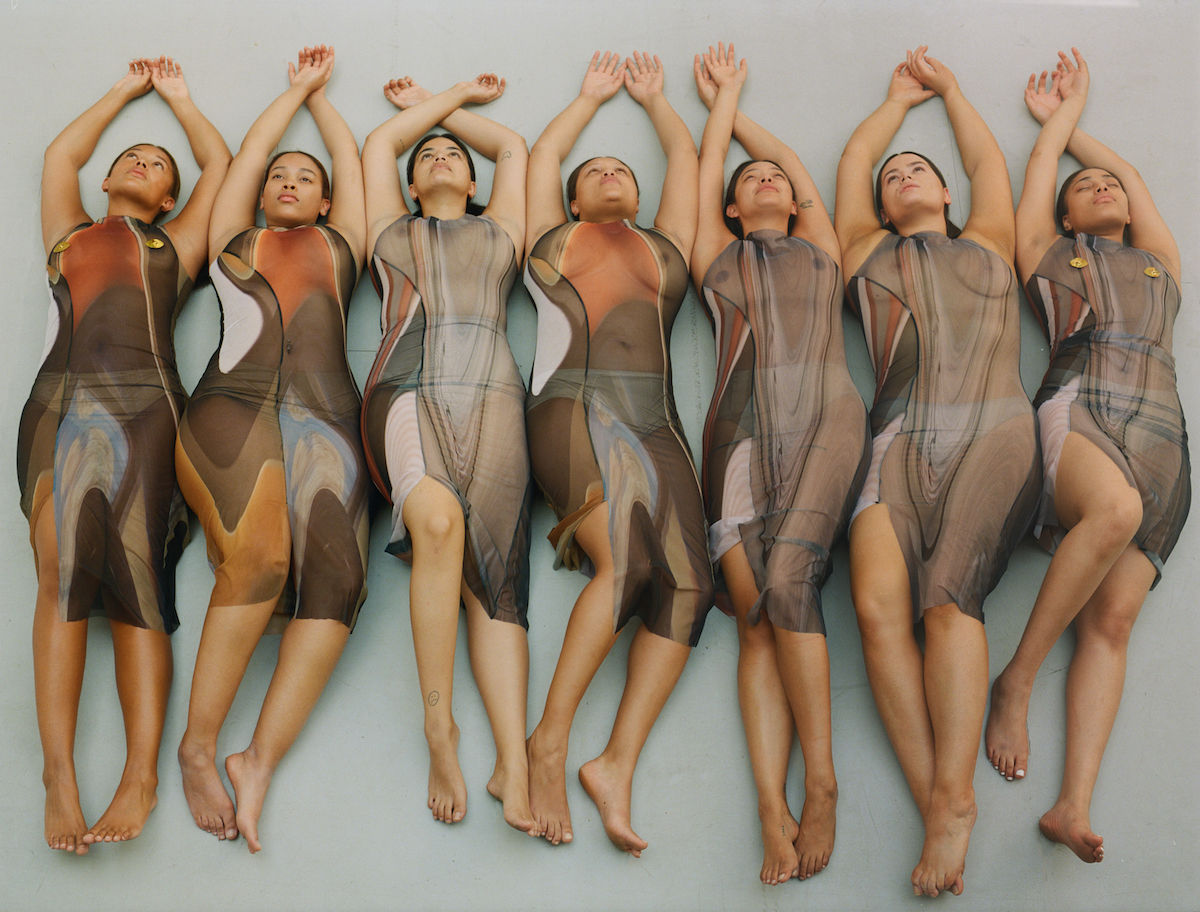
Photo: Carlota Guerrero for Numéro Berlin
The grounds for one’s attraction to a fashion brand are severalfold. Be it the subjects it aligns itself with, the fabrics used and/or its dedication to innovate, a (great) brand is a Matryoshka doll—sets upon sets of variously sized but equally important aspects of a narrative. And when it tells a brilliant story, you instantly know. That’s the case with CLAN—the London-via-Barcelona collaborative project by Ana Larruy and her friend, Mariona Valdés Torrella.
It takes a brief moment to fall for CLAN’s mission—tireless experimentation and collaboration, that is. The young brand’s “capsule collection” stemmed from Larruy’s own practice in photography being translated into prints on fabrics. All garments are now made by hand and with a mindset against overproduction, worn by a community as fluid as the textiles used. You may have already seen CLAN in the pages of your favourite magazine, or perhaps on Solange, draped in the brand’s signature dress during a Getty Museum performance. Either way, CLAN is undeniably and swiftly becoming a staple for youth revival; one that feels delicate but demanding in its gentleness. Below, we chat with Larruy on familial heritage, clothes versus fashion, and the DIY mindset.
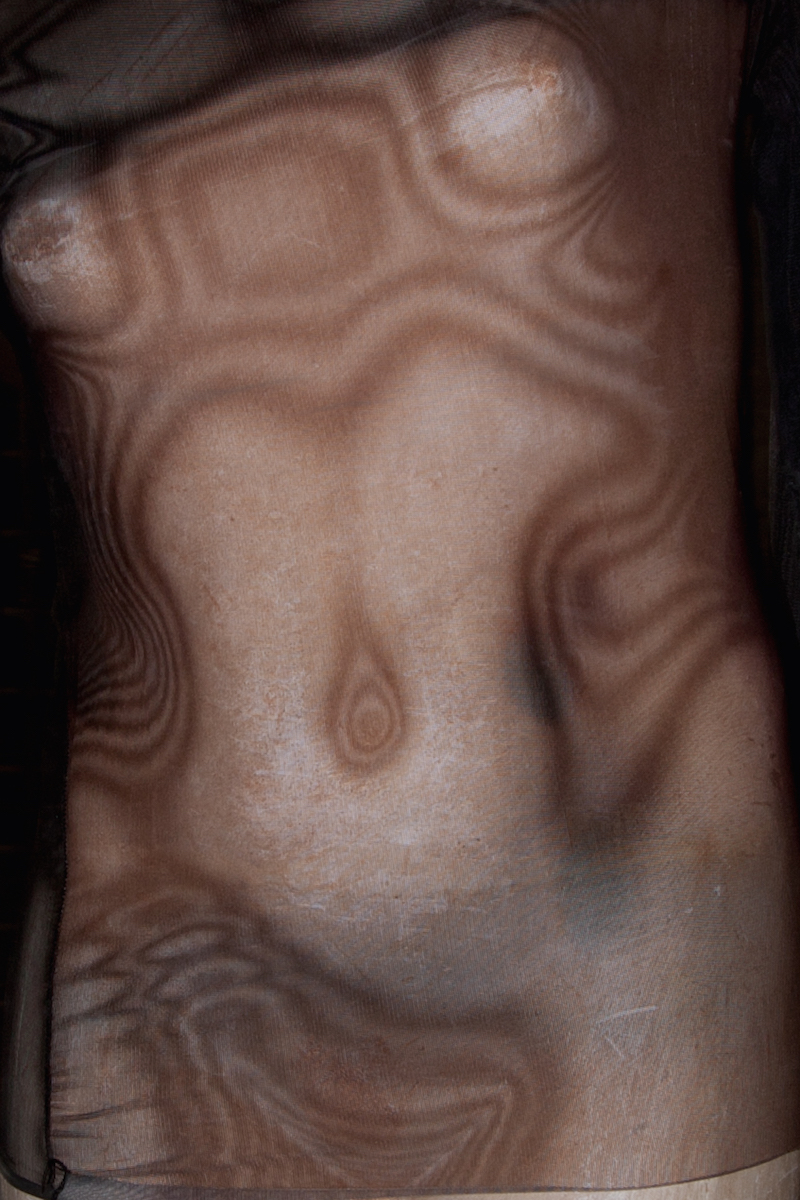
Photo: Cristina Stohle
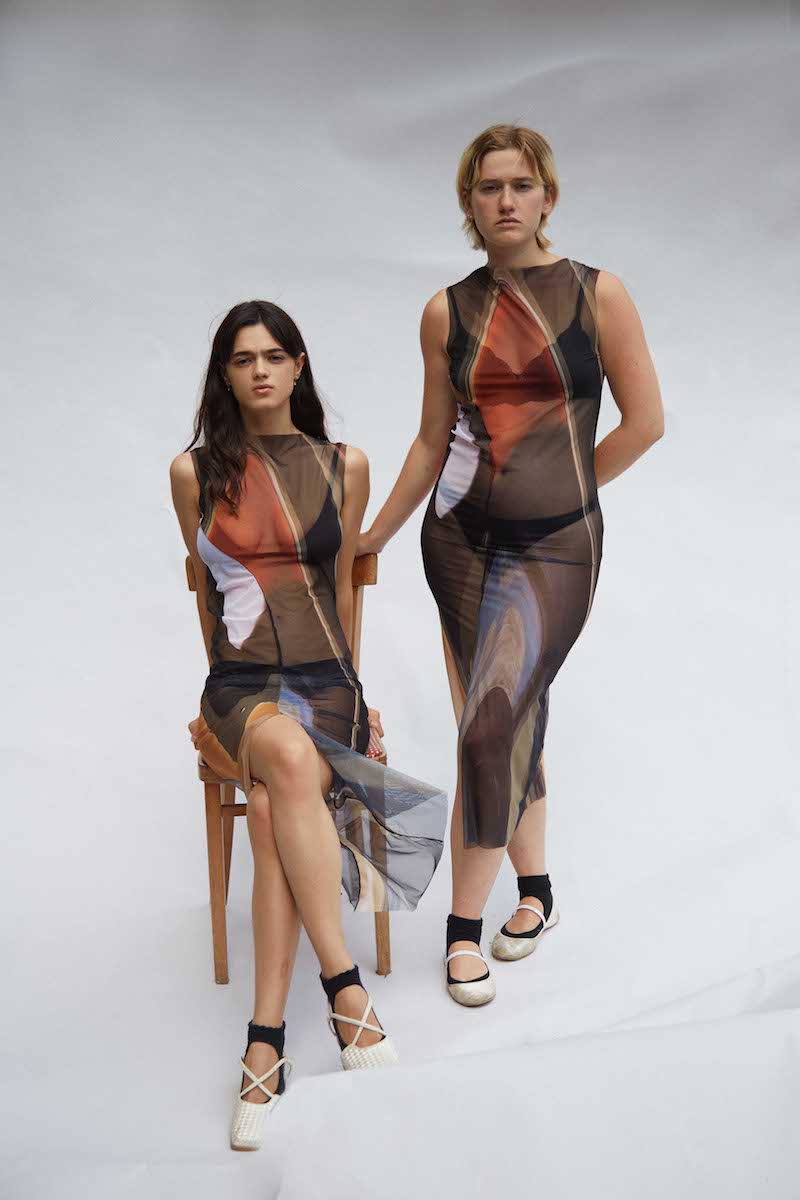
Photo: Ana Larruy
Ana, tell me about the name “CLAN”.
It came up while trying to find a name that represented one of the reasons why the brand started—namely my family, which has been in the textile industry for three generations. My great grandmother used to work in a weaving factory in the ‘30s and, shortly after, my great grandfather and her built a small workshop in their backyard. After some years gaining knowledge about the looms and textiles, my grandfather—a grown up man by then—took control over the workshop and started moving things around. He was quite a visionary and saw a potential in what his parents were doing. So, he gathered funds, rented a small factory and started Dogi, which was the name of the factory. Also, my mum still works as a print designer and was actually the one that initially had the idea of printing my images on fabric. So, for me, CLAN is a way of keeping that tradition and hard work alive in a way, and honouring my family’s legacy.
Could you elaborate on the idea of printing images on fabric?
One day I started playing around with images printed on fabrics and I came to realise there was something there that could be explored. For me, CLAN is a way to experiment with my photography and take it to another realm, where I’m able to work with shapes and fabrics. My friend, Mariona, who was living with me at the time, joined the adventure and helped me starting it out, and she’s been by my side ever since.

Photo: Ana Larruy
Is there a difference between clothes and fashion? I guess I’m interested in whether you’d classify CLAN as a “fashion brand”?
I like to think more of clothes than fashion. I think clothes are timeless, and they can be very special. My closet is almost entirely filled with my grandma’s and mum’s clothes! I find it very nice to prolongate the life of a garment, one that has lived very different lives. I guess fashion is more temporary. As for CLAN, it still feels like a side project to my practice. However, I feel nowadays things need to be classified, so people understand what you are doing. I guess from the outside CLAN is seen as a brand, but to me it’s still a project that allows me to experiment and collaborate with friends and people, whose work I admire.
Where does a project start for you? And where and when does it end?
CLAN is very spontaneous. As I mentioned earlier, it all started with a portrait printed on a fabric and me playing around with it. And it kind of worked out. So, we designed three pieces with two different portraits—the first “capsule collection”, which with time has become the signature print. After that, there were these pictures I took in Africa, which came to my mind one day and I thought, “Oh, this could look beautiful as something wearable,”. And that’s how it kept going. We tried different designs and ended up making a top with two variations to those pictures.
The following pieces were two dresses; same design, different print. I was interested in distortions and started playing around with that. I ended up with two prints that I liked and made a dress out of. We also collaborated with our friend Julia who, funnily enough, was working on a slit-scan distortion code at the time. We made a video for those pieces that recreated the prints we chose.
There’s been quite the attention to CLAN on Instagram. What does that social media presence mean to you?
Either we like it or not, we have to acknowledge the fact that social media is a great tool for showcasing work right now. Be it a brand, an artist, a photographer, or a sculptor, it’s very useful to reach out to people around the world. I guess attention comes with the feedback we get from people who like the brand and all the really cool projects we’ve been able to participate in.
Do likes and re-shares help a new brand grow? If not, then what are the key elements that are vital for independent young brands to persevere in the fashion world and potentially even succeed?
I think the most important thing in general, not just on Instagram, is to know exactly what your brand represents and who you are as a brand. From there, I guess you just need to target the people that you like and, hopefully, they’ll like your work back. The way Instagram works is quite bizarre. But I think the most important thing overall is to create something that is coherent.
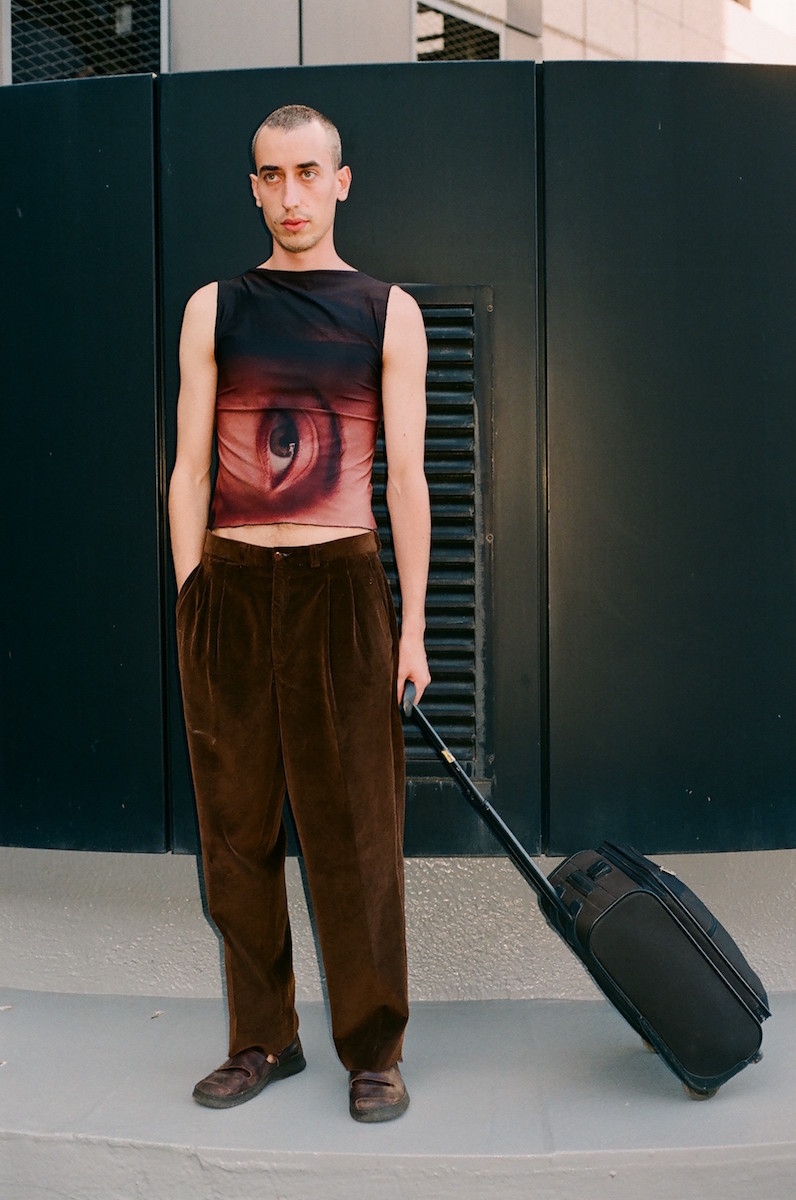
Photo: Nicolas Feriche
I must say, the pricing of your products surprised me. Today, even new brands put cosmic tags on their products, but CLAN is different. How do you achieve this balance between an amazingly looking product and a price that does not exclude almost everyone?
We didn’t want to make a product that was unachievable and that people like us could not buy. The first pieces were cut by me and sewn by a friend, who’s a seamstress, so everything was very DIY. Mariona and I also made those first patterns. Right now, we’re producing in a small studio and in small quantities back in Barcelona, where we’re from. Patty Maña, who’s a friend too, has been working along with me on the design side and she’s been making the patterns of the pieces.
We don’t want Clan to become a big enterprise, neither do we wish to produce more than what’s necessary. That’s why we produce whenever something is out of stock instead of massively producing and then having tons of clothes around. The prices vary depending on the pictures, the fabrics, etc. But we try and not go over the top just for the sake of it. I think it’s easy to overprice as a young designer, but it doesn’t really make sense to us.
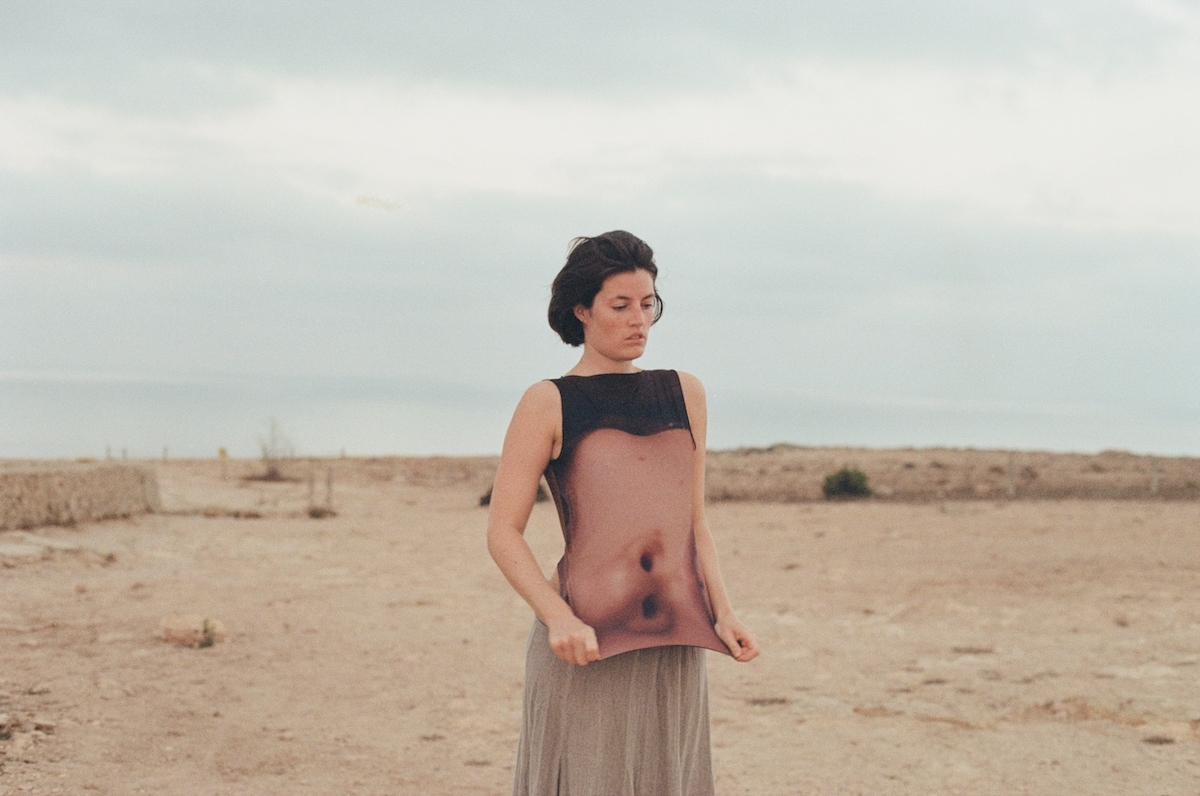
Photo: Ana Larruy
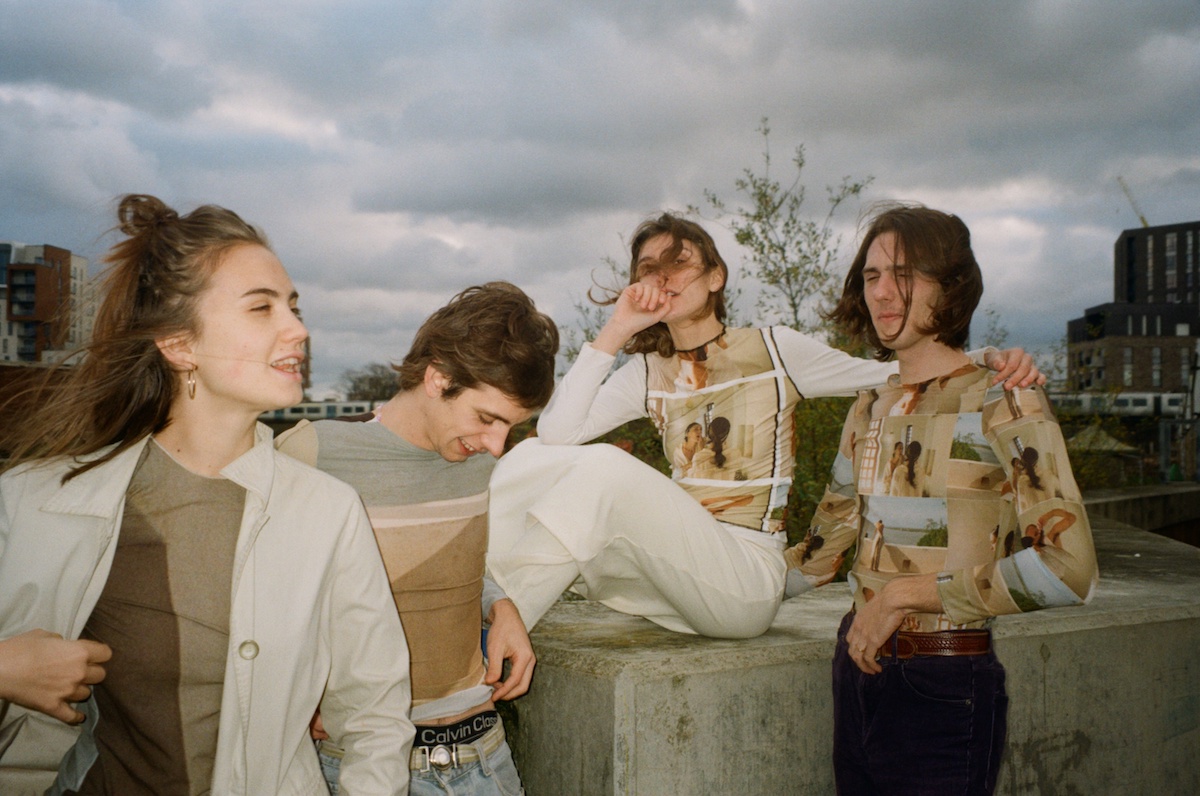
Photo: Ana Larruy
How important is collaboration to you?
Collaboration is key for this project! It’s one of my favourite things to come out of having started CLAN; especially a photographer, because I usually never collaborate with other photographers. However, with CLAN I’m able to lend pieces to really amazing people, whose work I admire.
Then, would you say the days of the “designer as a singular icon” are gone? If so, what’s the future of fashion design?
I don’t think so! Or at least I hope not. There’s amazing designers working on their thing and making amazing clothes. I think it’s important that there are still people who specialize in a specific craft; because, in the end, perseverance in one’s work and dedication is what makes it good. I think we currently have a lot of resources and ways of working and presenting that work, which is great; but I also think we can easily get lost in what we’re doing. So, having something that stimulates you and inspires you to create is key.
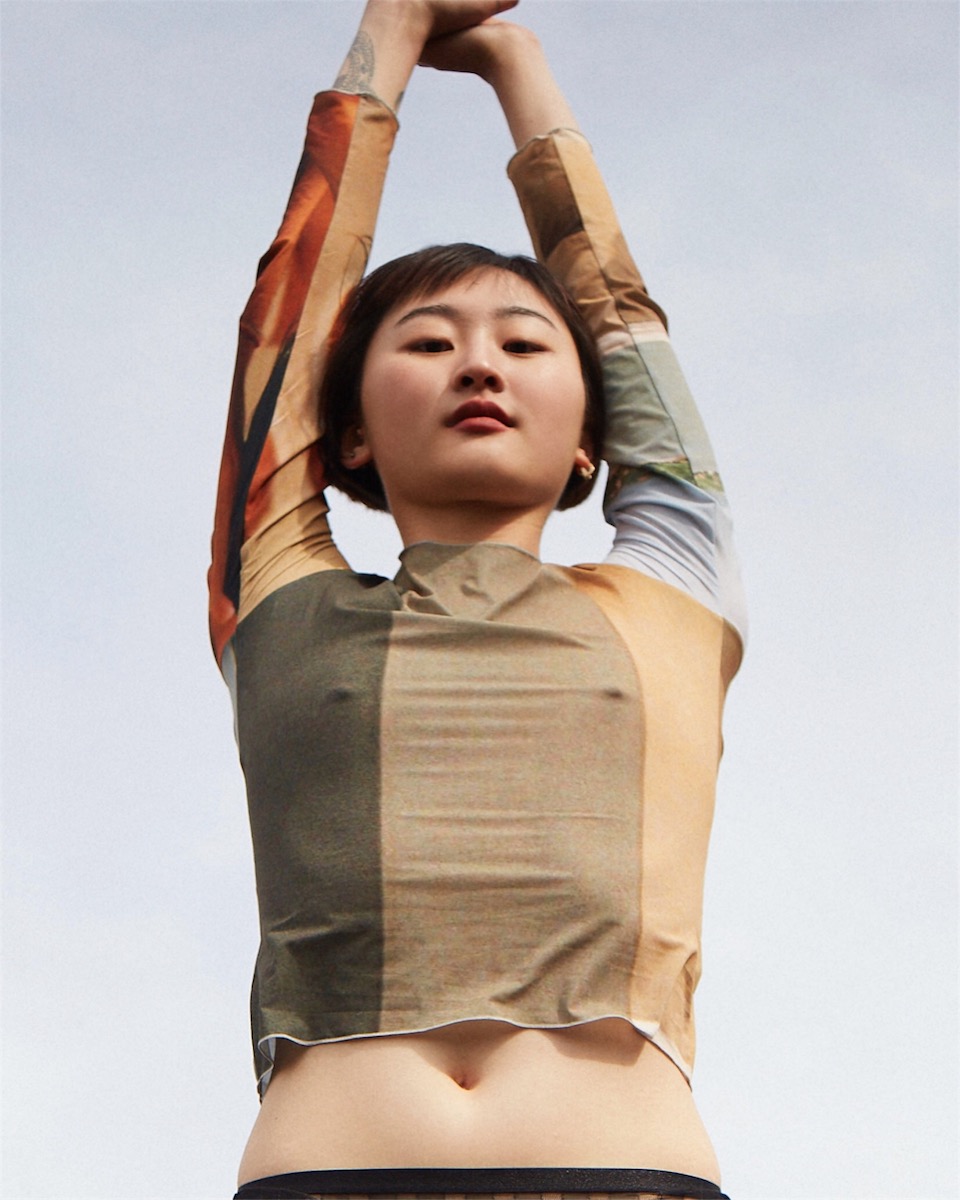
Photo: Ana Larruy
Words by Valkan Dechev
Photography by Carlota Guerrero, Cristina Stohle, Nicolas Feriche and Ana Larruy
Notifications